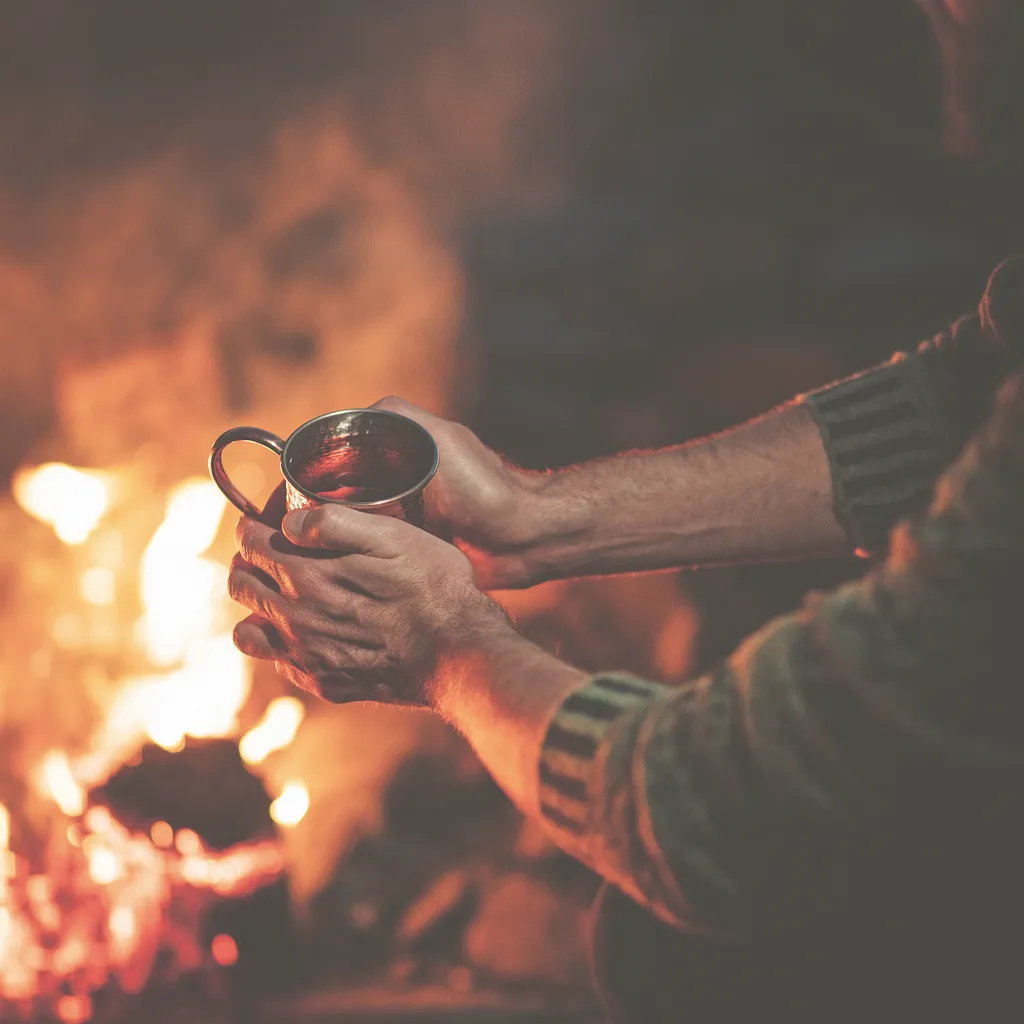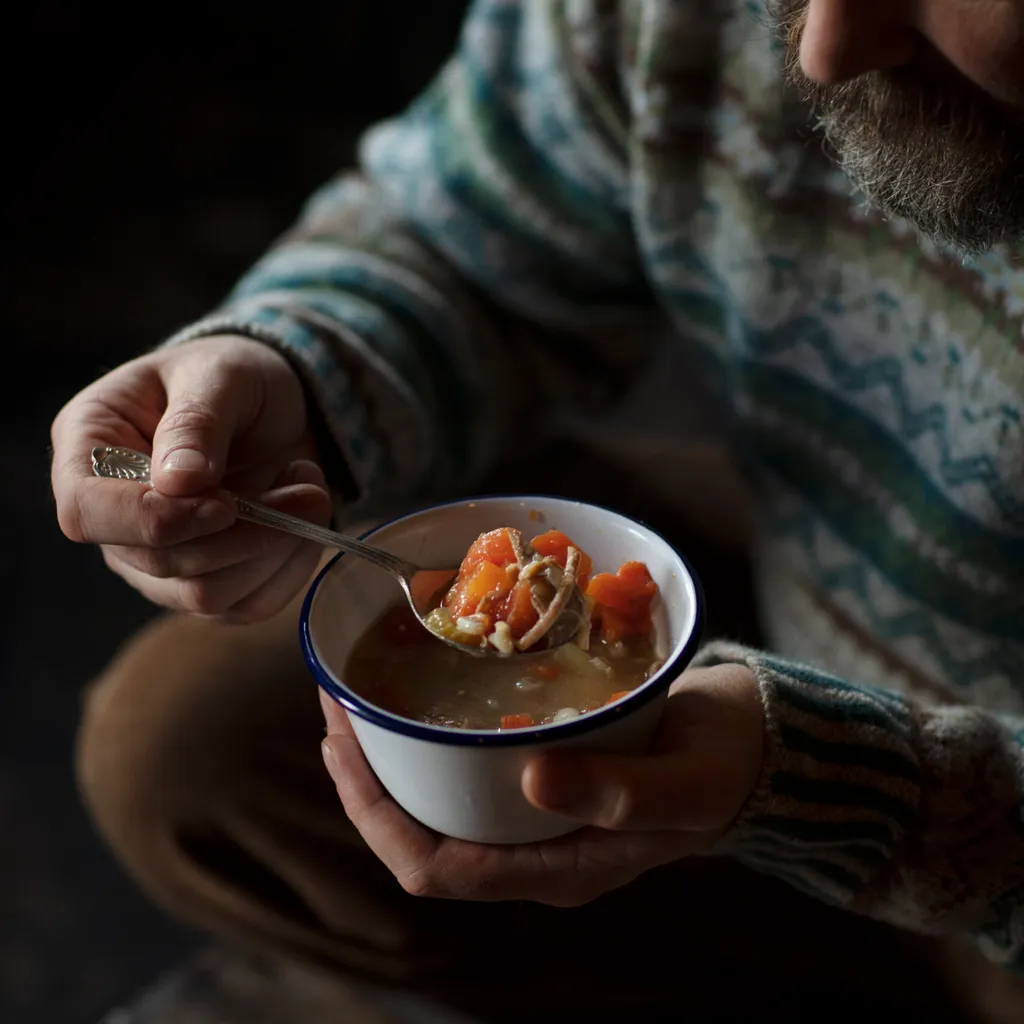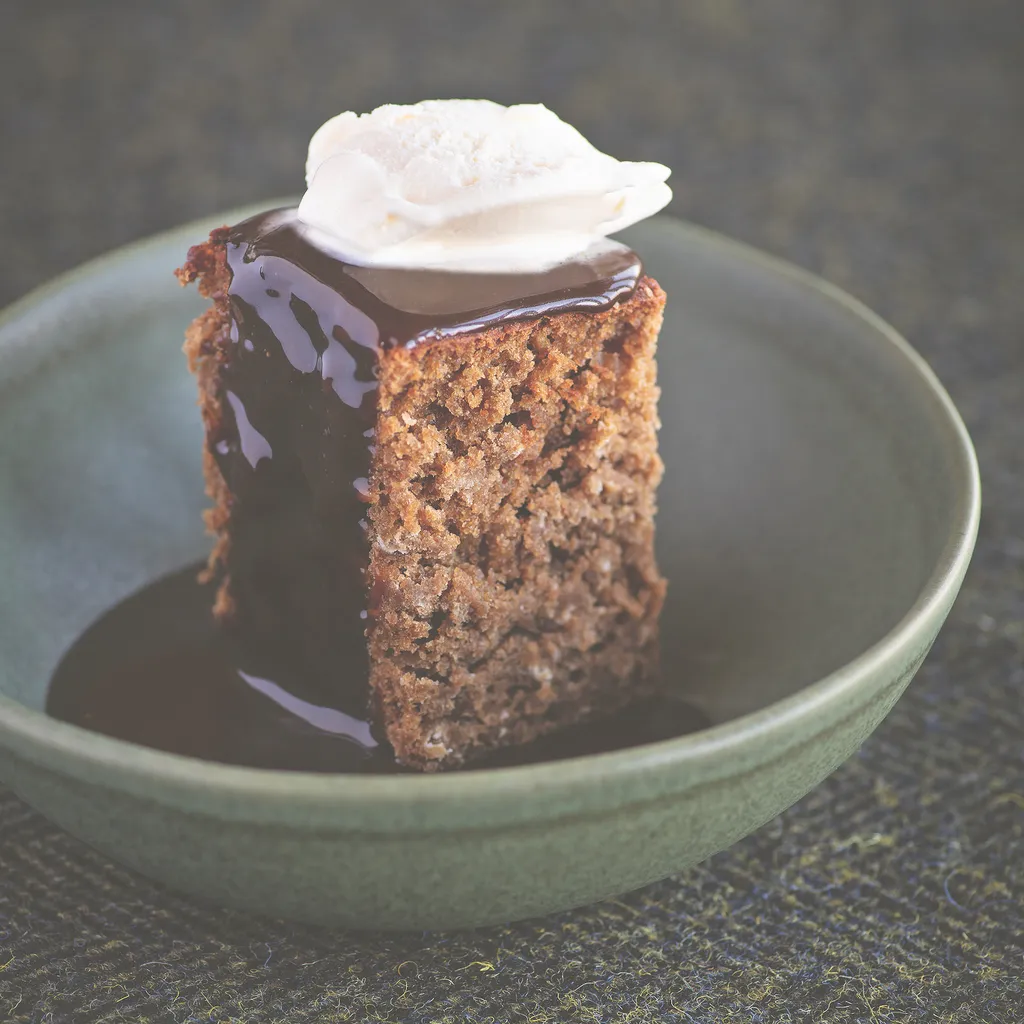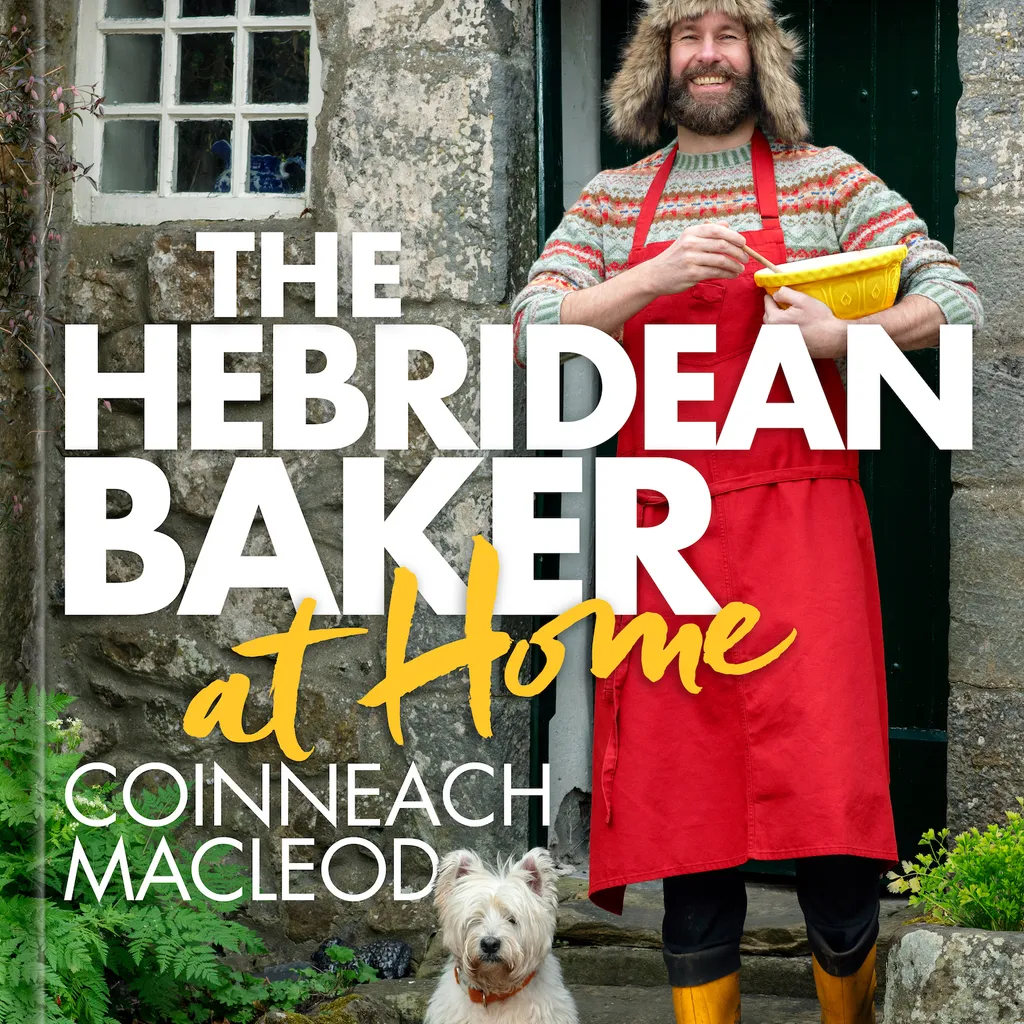I absolutely relish Burns Night: it’s a celebration that’s steeped in tradition, poetry and the very spirit of Scottish culture. Rabbie Burns, for me, is an icon. His ability to express the essence of Scotland in words is unparalleled. My all-time favourite Burns poem is ‘A Man’s a Man for A’ That’. Its message of egalitarianism and unity resonates deeply with me.
Knowing that folk across the world are sitting down to a Burns supper, gathering with friends and family, reciting verses and indulging in Scottish fare warms my soul.
Now, when it comes to the Burns Night menu, I’m all for tradition. From the stirring piping in of the haggis and a few drams (my favourite being an 18-year-old Jura whisky if anyone ever meets me in the pub) to the classic combination of toasted oats, whipped cream, raspberries, honey and a hint of whisky that creates the cranachan’s sweet symphony.
But this year I will be welcoming my guests in from the cold January evening with something a wee bit different: a hot, dark and stormy cocktail with Askival rum, from where else but the Isle of Rum.
Us Scots are great at making soup, from cullen skink to cock-a-leekie, and who doesn’t love a warming bowl of Scotch broth? I will be using lamb from my brother’s croft on the Isle of Lewis. And for dessert, I’ve headed north and put a twist on a classic Orkney broonie by smothering it in a sticky toffee sauce. Make sure you make enough for second helpings!

Hot, dark & stormy
Whether you’re snuggled up on your favourite chair by the stove or settled around a bonfire on the shoreline, a warming mug of tea with a boozy kick will keep the winter chill at bay. This has all the flavours of a classic dark and stormy cocktail, but is infused with fresh ginger, cloves and honey.
Serves 1
Ingredients
FOR THE GINGER TEA
250ml (1 cup) water
1 teabag ginger tea
3 whole cloves
1 tsp honey
3cm of fresh ginger, peeled and grated
FOR THE COCKTAIL
50ml (3 tbsp 1 tsp) dark rum
Lime wedges
Fresh nutmeg, grated
Method
1. To make the tea, pour the water into a saucepan and add the teabag and cloves. Bring to a simmer then add the honey and grated ginger.
2. After 5 minutes, take it off the heat and strain until you are left with just the freshly brewed tea.
3. Pour the rum into a mug and top with the hot ginger tea. Squeeze in the lime wedges and dust with nutmeg. Serve and get cosy.

Peter's Scotch broth
Us Scots, we do soup well! Cock-a-leekie, cullen skink and pea and ham are all classics, but once you’ve learned how to make a Scotch broth, life is sure to be inherently better forever. Comforting, hearty and filled with goodness, Maria Rundell put Scotch broth into print in 1805 when, at the age of 60, she released her first cookbook, A New System of Domestic Cookery, which sold over half a million copies.
Serves 6
Ingredients
2 carrots
2 turnips
2 potatoes
2 celery stalks, chopped
2 onions, chopped
1kg lamb shoulder
2 litres cold water
2 bay leaves
75g pearl barley
Salt and ground black pepper, to season
Olive oil, to sauté
Method
1. Cut the carrots, turnips, potatoes and celery into equal 2.5cm squares. Sauté the onions and celery with some olive oil in a pan.
2. Meanwhile, place the lamb in a large soup pan, cover with the cold water and bring to a simmer. Add the onion, celery and bay leaves to the pan. Allow to simmer, then add the pearl barley and cook for one hour.
3. Add the carrots, turnips and potatoes to the pan. Season well. Simmer for another hour.
4. Take the lamb out of the pot and slice the meat into bitesize chunks, then place back into the pan.
5. Serve hearty portions in big bowls, perhaps with some crusty bread and butter, and enjoy this broth’s cosy goodness.

STICKY TOFFEE ORKNEY BROONIE
I discovered this Orkney bake in F. Marian McNeill’s 1929 cookbook The Scots Kitchen. Traditionally, the broonie is an oat gingerbread baked as a classic loaf, but I couldn’t resist giving it my own twist. Here, I’ve transformed it into a scrumptious traybake covered in a sticky toffee sauce, perfect for serving as a delectable dessert.
Serves 8
Ingredients
FOR THE BROONIE
2 eggs
175ml buttermilk
65ml milk
125g butter
125g light brown sugar
75g black treacle
175g porridge oats
175g plain flour
1 tsp bicarbonate of soda
2½ tbsp ground ginger
Pinch of salt
FOR THE SAUCE
150g butter
300g muscovado sugar
1 tbsp black treacle
200ml double cream
Method
TO MAKE THE BROONIE
1. Preheat the oven to 150°C fan. Grease and line a 20cm x 20cm traybake tin.
2. In a bowl, whisk together the eggs, buttermilk and milk.
3. In a pan over a medium heat, melt the butter, sugar and black treacle until combined and then stir in the oats.
4. In another bowl, add all the other dry ingredients and mix in the eggy milk mixture, then add the oaty treacle mixture and combine.
5. Pour the mixture into the tin and bake in the oven for 45 minutes or until a cocktail stick comes out clean.
TO MAKE THE SAUCE
1. Meanwhile, add the butter, sugar and black treacle to a pan and simmer until the sugar has dissolved and the butter melted. Then turn up the heat and let it bubble for a minute or so to create a dark toffee-coloured sauce. Take it off the heat and stir in the cream.
2. As soon as the broonie is out of the oven, prick the cooked sponge pudding all over with a cocktail stick and pour about a quarter of the warm sauce over it.
3. Cut into slices and serve warm, covered in extra toffee sauce and a big scoop of vanilla ice cream.

Coinneach MacLeod was born and raised on the Isle of Lewis. Inspired by traditional family recipes and homegrown produce, The Hebridean Baker cookbooks have made him Scotland’s bestselling author of 2021 and 2022. Along with his partner Peter, Coinneach’s aim is to bring the best of the Scottish islands to a worldwide audience.
The Hebridean Baker at Home by Coinneach MacLeod is published by Black & White (£26).
The history of Burns Night
Exactly one month after another big birthday bash, Burns Night on 25 January commemorates the life of Scotland’s national poet Robert (or Rabbie) Burns, who died in 1796 aged just 37.
While it’s now a merry affair, the first Burns supper, held in July 1801, would have been more subdued. Nine of Burns’ friends gathered at Burns Cottage in Alloway to mark the fifth anniversary of his death and pay tribute to the lyricist who did so much to preserve Scotland’s cultural heritage. Reverend Hamilton Paul took notes on the proceedings, so we know that today’s rituals have barely changed over the centuries.
After the host read the Selkirk Grace (below), a haggis and a toasted sheep’s head were ceremoniously served, while the friends recited Burns’ poem ‘Address to a Haggis’. Burns’ songs were sung, his memory was toasted with drams of whisky, and a speech about the bard, his work and his legacy – now known as the Immortal Memory – was made.
The night was such a success that the friends decided to hold it again, eventually settling the date on Rabbie’s birthday. Burns clubs soon sprang up locally, beginning a tradition that quickly spread across Britain.
Now a global celebration of Scottishness, Burns Night proceedings often follow a traditional running order, which includes the piping in of the haggis, served with neeps (turnips) and tatties (potatoes). Recitals of Burns poetry are followed by toasts and a spirited speech – the Immortal Memory – followed by more speeches, including an Address to the Lassies, in praise of women. Many celebrations now include a cèilidh, too.
The event ends with a vote of thanks from the host, then all stand to sing ‘Auld Lang Syne’ – a traditional folk song first written down by Burns in the 1780s – linking hands at the line ‘And there’s a hand, my trusty friend’. Slàinte!
Burns Night history, written by Margaret Bartlett